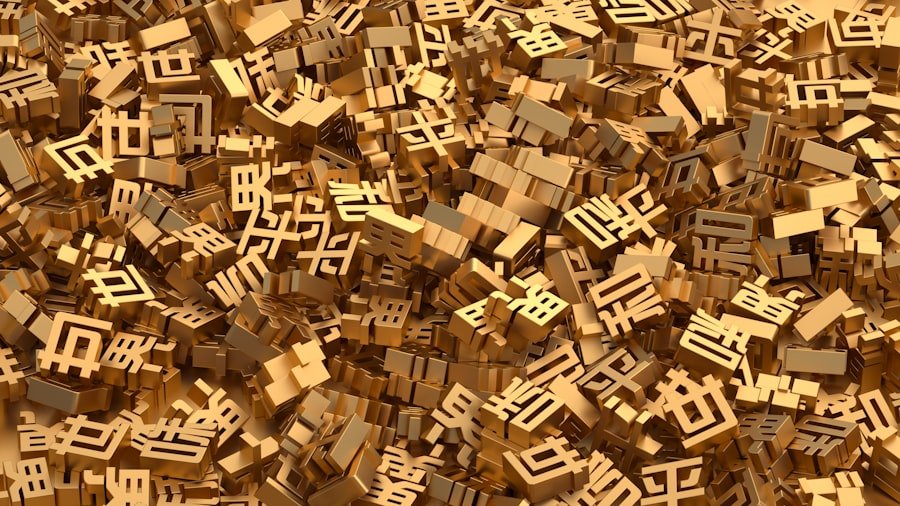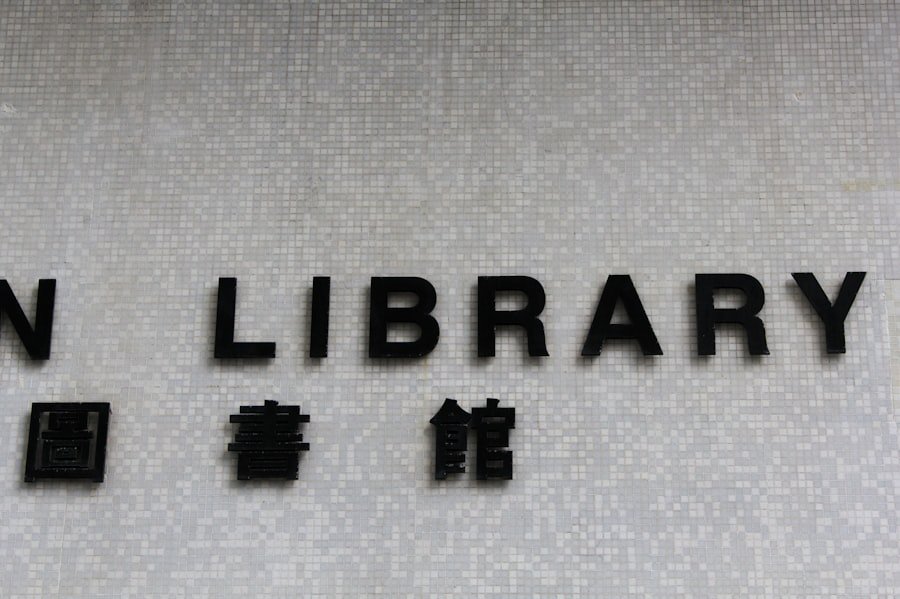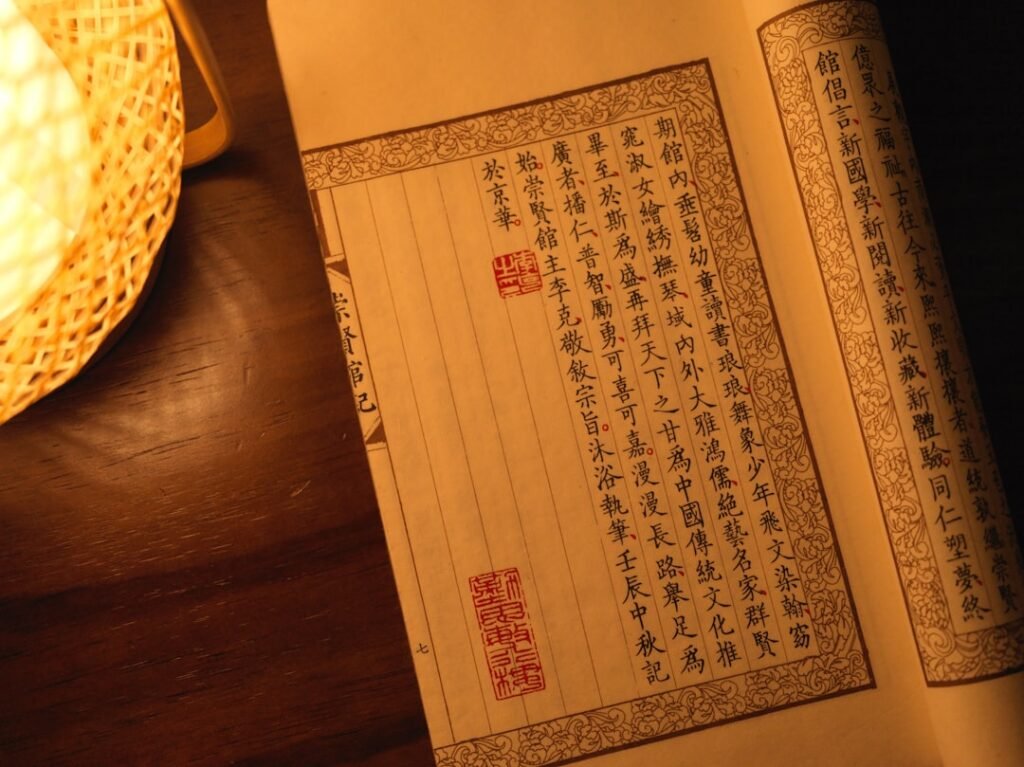The practice of stone rubbing, known as “mo” in Chinese, has a rich and storied history that dates back to the Han Dynasty (206 BCE – 220 CE). Initially, stone rubbings were created to preserve inscriptions on stone tablets, which often contained important historical records, religious texts, or memorials. As the centuries progressed, this technique evolved into an art form in its own right, with scholars and artists recognising the aesthetic value of the textures and patterns produced by the rubbing process.
By the Tang Dynasty (618–907 CE), stone rubbings had become a popular means of disseminating literature and culture, allowing for the preservation of classical texts and the promotion of literacy among the populace. During the Song Dynasty (960–1279 CE), stone rubbings reached new heights of sophistication. Artists began to experiment with various techniques and materials, leading to a greater emphasis on the visual appeal of the rubbings.
This period saw the emergence of renowned calligraphers who would create exquisite inscriptions on stone, which were then meticulously rubbed to capture their beauty. The practice became intertwined with the broader cultural movements of the time, reflecting the values and aesthetics of Chinese society. As a result, stone rubbings not only served as a means of preserving history but also as a canvas for artistic expression. Master the art of Chinese calligraphy. Enroll now at the LC Chinese School in Oslo.
Table of Contents
ToggleSummary
- Stone rubbings in China have a long history dating back to the Han Dynasty, with the earliest known rubbing dating back to 175 AD.
- Chinese calligraphy is a highly respected art form that has been practiced for thousands of years, with a focus on brush strokes, composition, and rhythm.
- Creating stone rubbings involves placing a thin piece of paper over a stone inscription or carving, and then rubbing ink or pigment onto the paper to reveal the raised surface of the stone.
- Tools and materials for making stone rubbings include ink, brushes, paper, and a special kind of paste to help the paper adhere to the stone surface.
- Chinese calligraphy in stone rubbings is important as it preserves historical texts, religious scriptures, and artistic expressions, providing insight into the culture and beliefs of ancient China.
The Art of Chinese Calligraphy: A Brief Overview
Chinese calligraphy is often regarded as one of the highest forms of artistic expression in Chinese culture. It is not merely about writing; it embodies a philosophy that intertwines art, language, and spirituality. The brush strokes in calligraphy are imbued with emotion and intention, transforming simple characters into dynamic works of art.
Each stroke is a reflection of the calligrapher’s personality, skill, and understanding of the underlying principles of balance and harmony. The art form has evolved over millennia, with various styles emerging, such as Seal Script, Clerical Script, Regular Script, Running Script, and Cursive Script. The significance of calligraphy extends beyond aesthetics; it is deeply rooted in Chinese history and culture.
Calligraphy has been used as a means of communication, education, and even meditation. Scholars and literati have historically placed great importance on mastering this art form, viewing it as a reflection of one’s character and intellect. In contemporary society, calligraphy continues to be celebrated and practised, serving as a bridge between tradition and modernity.
It is within this context that stone rubbings play a vital role, allowing for the preservation and appreciation of calligraphic works.
The Process of Creating Stone Rubbings

Creating a stone rubbing is a meticulous process that requires both skill and patience. The first step involves selecting a suitable stone surface that bears inscriptions or carvings. This could be an ancient tablet, a gravestone, or any other stone with significant markings.
Once the stone is chosen, it is essential to clean the surface gently to remove any dirt or debris that may obscure the inscriptions. This step is crucial as it ensures that the details are captured accurately during the rubbing process. After preparing the stone, the artist lays a piece of rice paper or special rubbing paper over the surface.
Using a soft brush or cloth, they begin to apply pressure while moving it across the paper. The technique requires a delicate touch; too much pressure can damage the paper or distort the image, while too little may not capture the intricate details of the carving. The artist must be attuned to the texture of the stone and adjust their technique accordingly.
Once completed, the rubbing reveals a detailed impression of the original inscription, preserving its beauty for future generations.
Tools and Materials for Making Stone Rubbings
The tools and materials used in creating stone rubbings are relatively simple yet essential for achieving high-quality results. The primary tool is a soft brush or cloth, which allows for gentle application of pressure on the paper without damaging either surface. Traditional calligraphy brushes can also be employed for this purpose, as they offer versatility in stroke width and pressure control.
In addition to brushes, artists require high-quality rice paper or specially designed rubbing paper that can withstand the pressure applied during the process. This paper is typically thin yet durable enough to capture fine details without tearing easily. Furthermore, ink or pigment may be used to enhance the visibility of certain elements in the rubbing; however, many artists prefer to keep their rubbings in their natural state to maintain authenticity.
Finally, a flat surface or board is necessary to provide stability while working on the rubbing.
Understanding the Importance of Chinese Calligraphy in Stone Rubbings
Chinese calligraphy plays a pivotal role in stone rubbings, serving as both an artistic and cultural bridge between past and present. The inscriptions captured through this technique often reflect significant historical events, philosophical teachings, or literary works that have shaped Chinese society over centuries. By preserving these inscriptions through rubbings, artists ensure that future generations can access and appreciate their cultural heritage.
Moreover, calligraphy itself is an art form that embodies deep philosophical concepts such as balance, harmony, and fluidity. When these principles are applied to stone rubbings, they create a unique interplay between text and texture that enhances the overall aesthetic experience. Each rubbing becomes not just a record of words but an artistic interpretation that invites viewers to engage with both the visual and intellectual aspects of Chinese culture.
Techniques for Achieving Detailed and Accurate Stone Rubbings

Achieving detailed and accurate stone rubbings requires mastery of specific techniques that enhance both clarity and fidelity to the original inscription. One fundamental technique involves adjusting the pressure applied during the rubbing process; varying pressure can yield different results in terms of depth and texture. Artists often practice on scrap pieces before working on their final piece to develop an intuitive understanding of how much pressure is needed for different types of inscriptions.
Another important technique is to use multiple layers of paper if necessary. For particularly intricate carvings or inscriptions with fine details, artists may choose to create several rubbings on different sheets of paper to capture various aspects of the design. This layered approach allows for greater flexibility in presenting complex images while ensuring that no detail is overlooked.
Additionally, artists may experiment with different angles and orientations when applying pressure to achieve unique effects that highlight specific features of the stone.
The Symbolism and Meaning Behind Chinese Calligraphy in Stone Rubbings
The symbolism inherent in Chinese calligraphy adds another layer of depth to stone rubbings. Each character carries its own meaning and cultural significance; thus, when inscribed on stone and subsequently rubbed onto paper, these characters become vessels for conveying profound ideas and emotions. For instance, characters representing virtues such as wisdom, integrity, or compassion can evoke strong feelings in viewers while also serving as reminders of these values within society.
Furthermore, calligraphy itself is often seen as a reflection of one’s inner self; therefore, when artists create rubbings from calligraphic works, they are not merely reproducing text but also expressing their own interpretations and connections to those characters. This interplay between personal expression and cultural heritage enriches the experience of viewing stone rubbings, inviting contemplation on both individual identity and collective memory.
Preserving and Displaying Stone Rubbings
Preserving stone rubbings is essential for maintaining their integrity over time. Proper storage involves keeping them in acid-free folders or boxes away from direct sunlight to prevent fading or deterioration. Additionally, it is advisable to handle them with care using clean hands or gloves to avoid transferring oils or dirt onto the surface.
For those who wish to display their rubbings, framing them behind glass can provide protection while allowing viewers to appreciate their beauty. When displaying stone rubbings in exhibitions or personal collections, context plays a crucial role in enhancing their significance. Providing information about the original inscriptions—such as their historical background or cultural relevance—can deepen viewers’ understanding and appreciation for these artworks.
Furthermore, incorporating elements like lighting or thematic arrangements can create an immersive experience that highlights both the artistic qualities of the rubbings and their connection to broader cultural narratives.
The Influence of Stone Rubbings on Contemporary Art and Design
In recent years, stone rubbings have begun to influence contemporary art and design practices both within China and internationally. Artists are increasingly drawing inspiration from traditional techniques while incorporating modern materials and concepts into their work. This fusion creates innovative pieces that resonate with contemporary audiences while paying homage to historical practices.
Moreover, designers are exploring ways to integrate elements of stone rubbing into various mediums such as textiles, ceramics, and digital art. By reinterpreting traditional motifs through modern lenses, they are able to create unique products that celebrate cultural heritage while appealing to contemporary tastes. This cross-pollination between traditional art forms like stone rubbing and modern design reflects an ongoing dialogue between past and present—a testament to the enduring relevance of these practices in today’s world.
Exploring the Cultural Significance of Stone Rubbings in Chinese Society
Stone rubbings hold significant cultural value within Chinese society as they serve as tangible links to history and tradition. They encapsulate stories from ancient times—be it tales of emperors or philosophical teachings—that continue to resonate with people today. As such, they play an important role in fostering cultural identity among individuals who seek connections with their heritage.
Furthermore, stone rubbings are often used in educational settings where students learn about history through hands-on experiences with these artifacts. By engaging directly with this art form—whether through creating their own rubbings or studying existing ones—students gain insights into not only historical events but also artistic techniques that have shaped Chinese culture over centuries.
Learning from the Wisdom and Mastery of Chinese Calligraphy through Stone Rubbings
For those interested in delving deeper into this fascinating intersection between calligraphy and stone rubbing artistry, courses at institutions like LC Chinese School in Oslo offer invaluable opportunities for learning from experienced instructors who are well-versed in these traditions. These courses provide students with hands-on experience in creating their own stone rubbings while also exploring the rich history behind this practice. At LC Chinese School, students can immerse themselves in both theoretical knowledge about Chinese calligraphy as well as practical skills needed for producing high-quality rubbings.
Through guided instruction and personalised feedback from skilled teachers—many of whom are accomplished calligraphers themselves—participants can develop their artistic abilities while gaining a deeper appreciation for this unique cultural heritage. Whether one is a beginner or an experienced artist looking to refine their skills further, these courses offer an enriching environment where creativity flourishes alongside tradition. In conclusion, stone rubbings represent not only an artistic practice but also a vital aspect of Chinese cultural heritage that continues to inspire contemporary artists and designers alike.
By understanding their historical significance and engaging with traditional techniques through courses at institutions like LC Chinese School in Oslo, individuals can connect with this rich legacy while contributing to its ongoing evolution within modern society.
Master the art of Chinese calligraphy. Enroll now at the LC Chinese School in Oslo.







